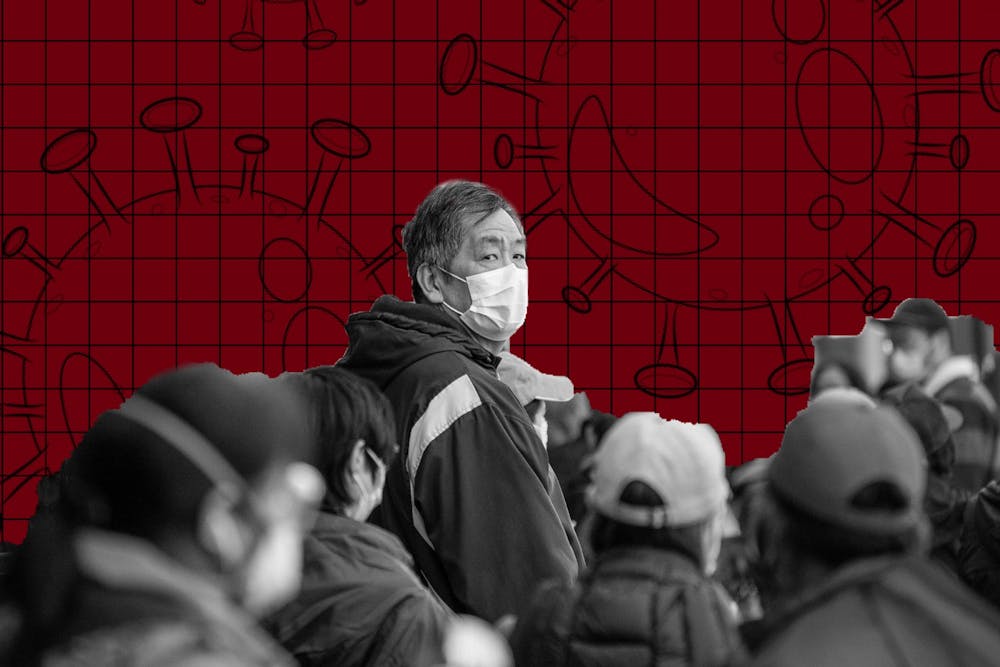‘Why is nobody talking about this?’ is the common calling card of Asian American activism—it also exemplifies how mainstream Asian American activism falls short.
Grabbing attention is important, especially when violence against minorities often gets swept under the rug. But the question—in both its phrasing and its implications—reveals the flaws in mainstream Asian American activism, and how it’s woefully unprepared to tackle these issues surrounding violence towards Asian elders.
Mainstream Asian American activism tends to have a nasty habit of priority. In the face of extraordinary levels of violence against Asian elders, in the United States, well–meaning attempts at addressing an immensely complicated issue end up returning to hashed–out discussions that Asian Americans are used to having about representation in broader popular culture. Often, this feels like the end–all, be–all of Asian activism: Are Asian Americans represented on television? In sports? Are Asian men considered desirable and attractive, especially by white people? A movie like Crazy Rich Asians (Awkwafina and all) becomes the pinnacle of Asian American representation and successful politics. Simu Liu becomes radical for not only joining the Marvel Cinematic Universe, but also for being an Asian man that is considered attractive.
Violence that ends with Asian elders dead becomes conflated with the undervaluing of BTS’s success, Jeremy Lin’s athletic ability, and so on.
The latter discussions are ones that people are used to having. It is easy to explain how presence, representation, and attention could greatly influence the lives of young Asian Americans who see themselves represented on screen. It is easy to fall back to discussing how Asian American pop icons are undervalued, but it is not because of Jeremy Lin’s perceived unathleticism that Asian elders are being injured on the streets, nor the fact that Asian men are stereotyped as undesirable; the discourse cannot explain or fight against the deportations of Cambodian immigrants, slow suffocation of Chinatowns, or violence against Asian elders that is infinitely more complex than simple identity politics.
It also fails to address or even acknowledge the fears that Asian Americans and immigrants may be driven further politically right by the spreading of video recordings of Asian elders being assaulted. Some of the most widely spread videos feature assailants who are Black. Mainstream Asian American activism—as well as mainstream American activism in general—has no idea how to address this type of violence. Often, the default falls back to the first question, or a more blatant variant thereof, ‘Why is nobody talking about us?’ which often arrives hand–in–hand with, explicitly or implicitly stated, ‘If it were an Asian person assaulting a Black person, everyone would be talking about it.’
This rhetoric gets trotted out often. After Steve Harvey made a joke about how Asian men were (Ed. Note: you guessed it) unattractive, comedian and streamer Ryan Higa made a video that centered around the argument that if an Asian comedian made the same joke about a Black person, there would’ve been much stronger backlash. Under a Reddit post about Jeremy Lin’s suggestion that Asian and Black people should care about each other’s issues, user Soren_Camus1905 writes in a positively upvoted comment, “It’s hard to be critical of the Black community and its faults in this day and age without severe backlash.” And in this rhetoric, a shift starts to be seen: another user writes, “The whole rhetoric was 'white people have to care about Black issues' but then none of them could give a shit about another groups issues” (sic). Suddenly, the discussion of anti–Asian activism pivots to a defense of white people.
The average Asian American liberal activist will balk against the model minority stereotype, but the ways in which we discuss anti–Asian racism now often just fall in line with it again. 'Nobody talks about us' implies that everyone instead talks about Black issues and that Black people (who are advocating for their own survival) are not talking about Asian issues enough, which almost immediately becomes seized to defend white people. Or, more broadly, Asian Americans are perceived as handling violence with grace—Asian celebrities turned social justice advocates are perceived as classier in the way they discuss and handle these issues.
Mainstream Asian American activism, with its focus on microaggressions and representation, is able to say that these personal, one–on–one patterns of violence are wrong and should be discussed. But it is unable to explain the larger racist structures and policies that disenfranchise, deport, and, yes, eventually lead to attacks on Asians in America that are often driven and supported by white people in power. Simultaneously, it fails to acknowledge how often mainstream Asian American activism is also used to maintain that authority, whether by reinforcing anti–Blackness or policies such as greater policing.
There are areas of mainstream activism that are usable—pop culture, after all, does not exist in a vacuum—but activism that reaches no deeper than representation is facile at best. Even saying that there should be solidarity between Asian and Black people feels idealistic—saying so will not make it so. Instead, there are deeper questions to be asked. What is the root of anti–Asian hate crimes and how can they be stopped? What prevents the gap What prevents the gap between Asian and Black Americans from feeling surmountable and how can it be bridged?
And no, Hollywood does not answer these questions.

